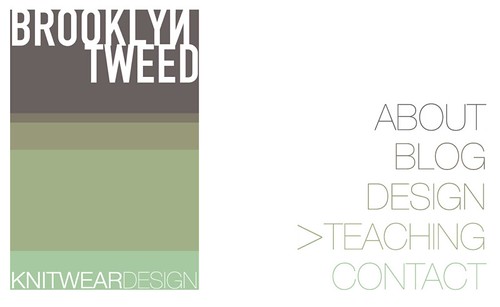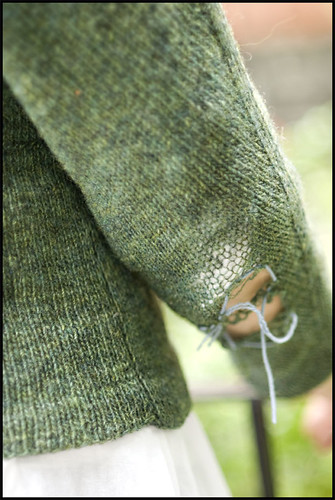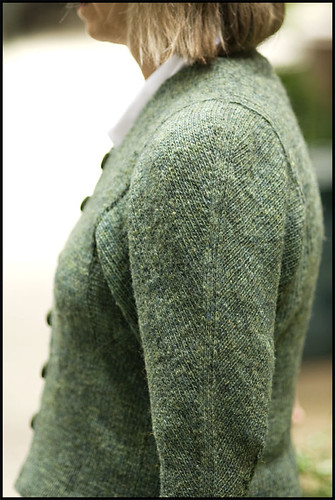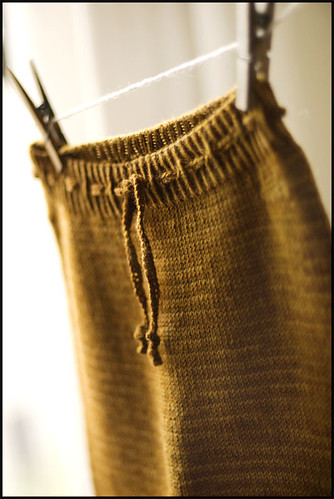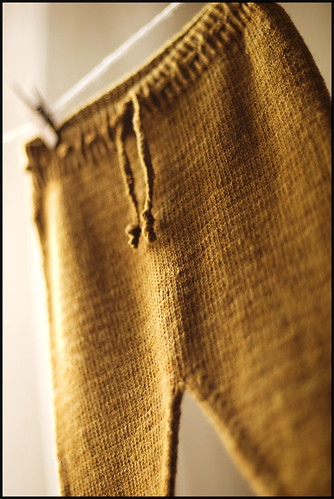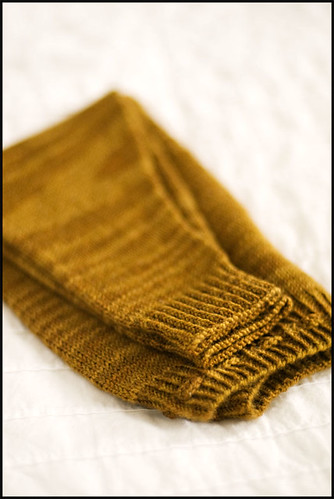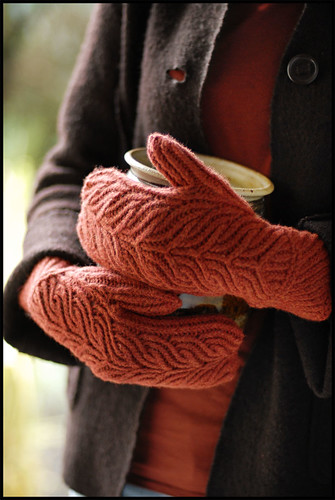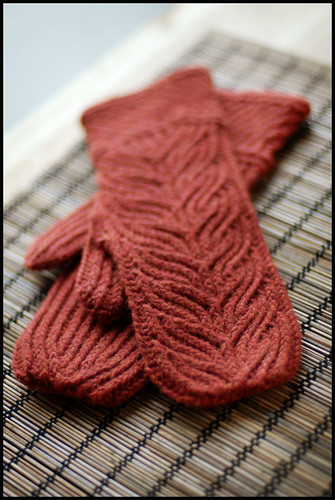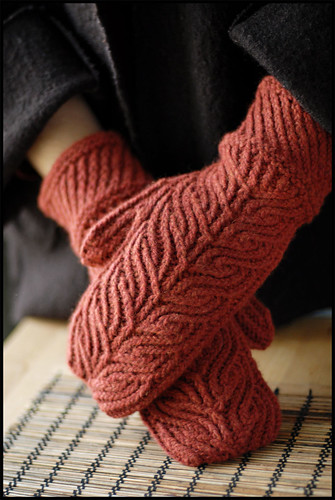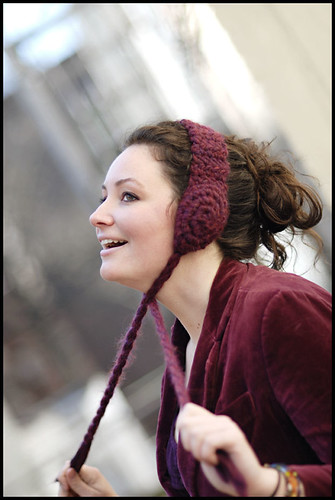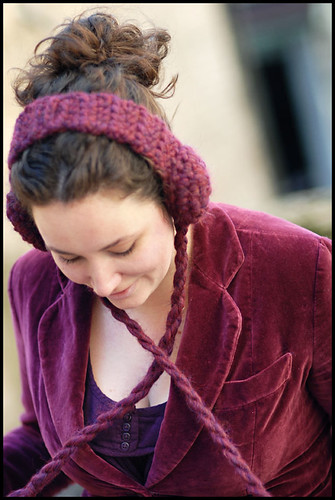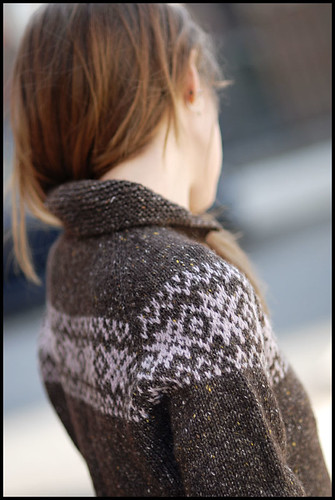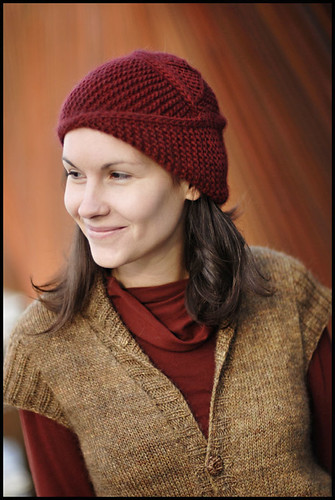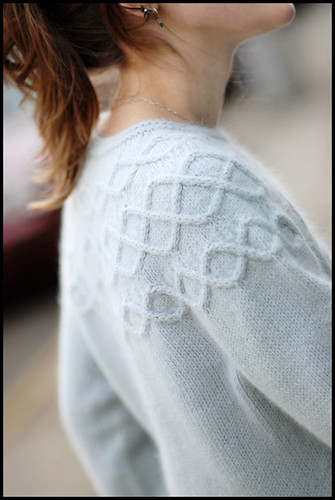So today I look at a small project that carries a random collection of memories from the last few years. Not such a long time in the grand scheme of things, but my life has changed so much during this period, that I feel particularly nostalgic and grateful looking back on it.

I'll often remember where I was when I cast-on for a new project. I'm not sure why. Maybe it's the whole genesis moment of something you hope will be a lifetime heirloom, or maybe it's just that heightened feeling of excitement when your hands, in anticipatory delight, finally get to test-drive a special new yarn. This memory usually serves as a channel marker for how long a project has been in-process. See, my knitting memory is very random -- it doesn't serve well for dates, durations or time periods but rather sensory and emotional outposts. In this case I know that this scarf has been hanging around for about three years, because I distinctly remember casting on in my old Brooklyn apartment on a Fall afternoon. Funny I thought then that I'd be done with it in time for winter, but projects tend to have their own plan.

The pattern for this scarf is another story too -- which brings back other funny memories. It was a free pattern I found in a random knitter's flickr photostream during one of my many unhappy days at my (former) 9-5 office job with eyes glazed in front of a computer screen. I spent many of those long days wishing I was home knitting and escaping by finding beautiful and inspiring knitting online to dream about.
Well, as it turns out, the pattern was posted on flickr illegally and taken down shortly thereafter by the request of the original author who, despite lots of sleuthing, I have been unable to locate again. [ETA -- the pattern has been found! See the notes at the end of the post for details] At that point, however, I had the pattern in hand (your partially-knitted fabric is the best pattern you can get!) and did little to worry about the fact that it had up and disappeared.

Fast forward to late summer 2009 when I stumbled across this half-knit gem at the bottom of one of my drawers, just in time for giddy Fall knitting -- an almost finished Yak scarf with cables in my favorite shade of grey? Perfection. And back into the light of day it came until its finish just weeks ago.
The yarn is a special one, too: a 50/50 Yak Merino blend with a smooth, 6-ply construction (perfect for popping cables) which I purchased at one of my favorite Manhattan locations, School Products. Because SP carries so many one-of-a-kind yarn imports from Italy, you never know what beautiful things you'll discover behind their doors, often finding yarns you'll never have the opportunity for again (which makes yardage planning more important than usual!)

A good old fashioned cabled scarf is never out of fashion in my mind -- This one is great, super simple - but very elegant and, in the right yarn, a new scarf staple for the steadfast lover of Classics.
ETA: The pattern has been found! Thanks to those of you so speedily joined the hunt! The scarf was designed by Beth Walker O'Brien and is entitled the "Aran Cashmere Scarf" [Ravelry Link] The pattern can be found in the book Simple 1-2-3 Knitting

